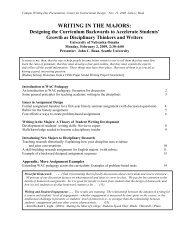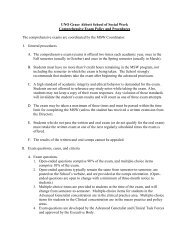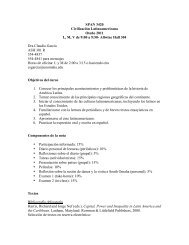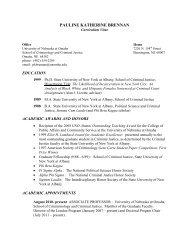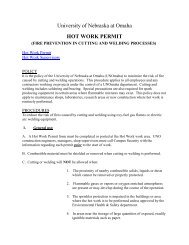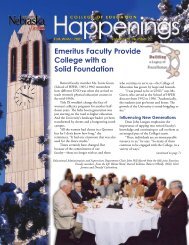âTHE BESTE GAME OF ALLEâ: PLAYING CHESS WITH FORTUNE ...
âTHE BESTE GAME OF ALLEâ: PLAYING CHESS WITH FORTUNE ...
âTHE BESTE GAME OF ALLEâ: PLAYING CHESS WITH FORTUNE ...
Create successful ePaper yourself
Turn your PDF publications into a flip-book with our unique Google optimized e-Paper software.
Gerry Wolfson-Grande 5<br />
subjected to Fortune’s regard, and the case could be made that it is the true target of Fortune’s<br />
actions. The Knight’s Tale contains a distinct progression of actions and events, much as the<br />
progression of a chess game: move, encounter/attack, immediate result, and ramifications<br />
reaching beyond the initial battle to affect the stability and fortunes of both sides. The element of<br />
chance represented by wagering in the medieval game, including dice play that frequently<br />
involved variations to moves dictated by the roll of the dice, 27 equates to the role of Fortune in<br />
the tale. Even when a particular encounter appears to be moving toward a specific and perhaps<br />
obvious conclusion, Fortune’s hand tosses the dice and introduces an unexpected element to<br />
change the direction of the game.<br />
Merle Fifield has analyzed the patterns of specific incidents within the Knight’s Tale,<br />
contending that they “follow a simple cause-to-result climactic order resolved by the intervention<br />
of Fortune or her agent,” with the additional element of celestial disorder “resolved by the<br />
intervention of Fortune in the character of Saturn” during the theater section:<br />
The opening section demonstrates the irresistible force of Fortune; the duel<br />
illustrates the failure of individual action; the description of the theater proves the<br />
failure of all earthly order; the tournament illustrates the failure of corporate<br />
action; and the sermon offers the only solution to survival in a world governed by<br />
eternal change against which both man and society are powerless. 28<br />
This pattern is not dissimilar to a chess match: opening exploratory moves; interaction between<br />
questing lesser pieces aimed at winnowing down the opponent’s forces; extended battling by<br />
lesser and key pieces; and eventual mate or resignation acknowledging inescapable helplessness.<br />
Even though, like Arcite, the player may attempt to anticipate his opponent’s actions, accepting<br />
their likelihood and that of his own contribution to the direction of play, the element of the<br />
unknown, or chance, can deliver the unexpected at any time and send the game careening in a<br />
different direction. Fifield points out that the “consistent original impetus of all action is force—







